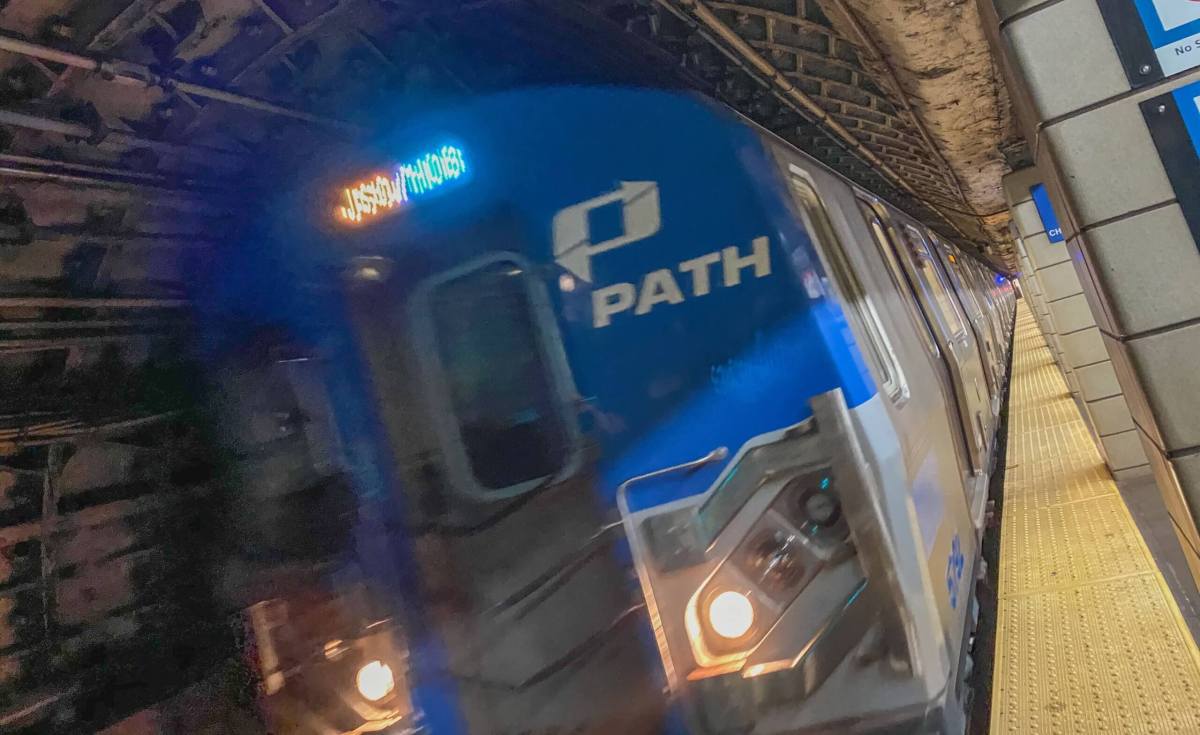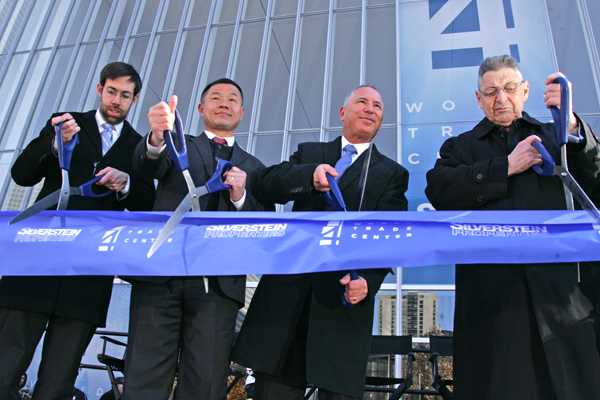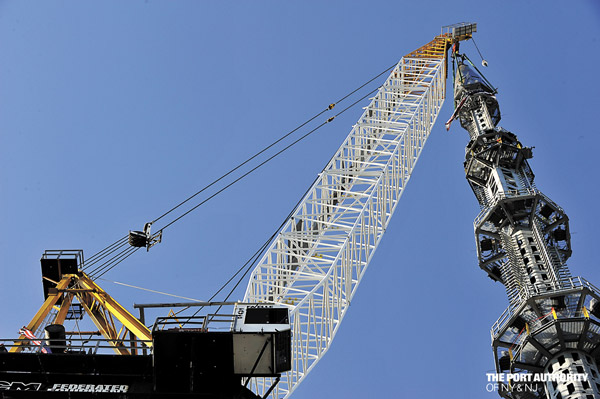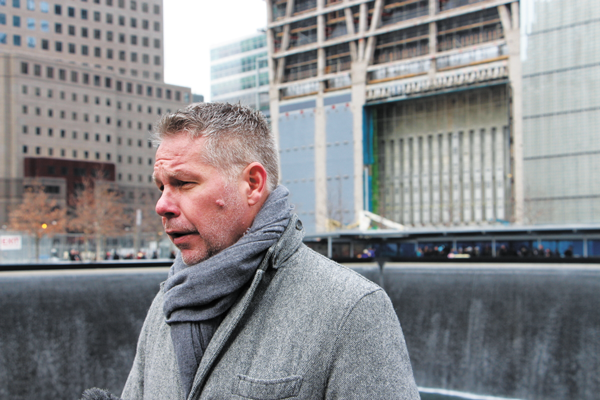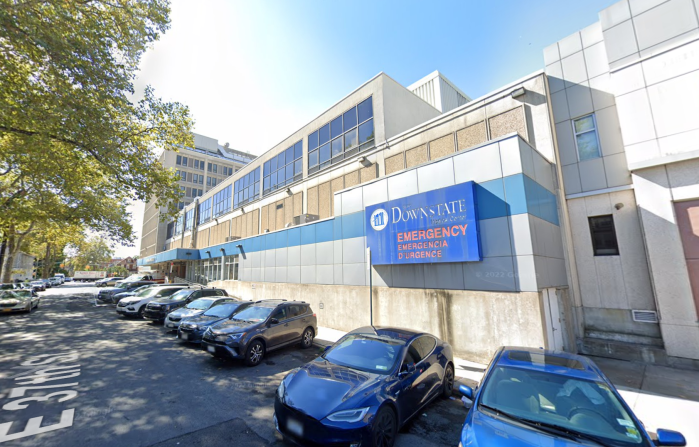The Port Authority of New York and New Jersey has few details in an update to their own investigation on the air quality of the Christopher Street Station on the PATH, which New York University found in a February study to be the most polluted in the Northeast U.S.
The Grossman School of Medicine reviewed 71 stations from Washington D.C. to Boston and found that pollution at Christopher Street, a heavily used station in pre-pandemic times for those commuting into Manhattan, was 77 times higher than on the surface level.
PANYNJ Executive Director Rick Cotton said in a press conference following their monthly board meeting on Thursday that initial findings in their own ongoing review differed from that of the Grossman School.
“Well, it is underway. It is is drawing on external public health and scientific experts,” Cotton said. “The one thing we have confirmed is that the dust levels that were reported are all within the OSHA standards related to short periods of of exposure, but we want to, we want to do this in depth, and we’re still midstream.”
With 1,499 micrograms of pollution per cubic meter increasing the risk of a cardiovascular event is increased by up to 10% in a regular commuter, according to NYU.
“As riders of one of the busiest, and apparently dirtiest, metro systems in the country, New Yorkers in particular should be concerned about the toxins they are inhaling as they wait for trains to arrive,” said Terry Gordon, a professor in the Department of Environmental Medicine at NYU Langone, in a statement.
Some commuters found the results of NYU’s study to be alarming not only for the air quality in that particular station, but one reader who asked for anonymity spoke to concerns about HVAC systems on trains in the ongoing health crisis:
“I have been commuting on the PATH for over 10 years and have seen PATH service consistently go downhill. It is mind-boggling that despite being 365+ days into a global respiratory pandemic, PATH has not provided details on the air filtration system in their trains. Every other major transit system including NYC did that months and months ago. I just don’t feel safe using PATH now.”
In February, following the release of the study, Cotton expressed the importance of ensuring the health of their customers through proper air filtration, and stated that older stations may not be up to par with newer developments.
“We need to understand where the measurements were taken, how they were taken, what they showed and then look at both the HVAC units on the trains,” Cotton said at the time. “HVAC units of World Trade Center are wildly different from what exists at legacy station so we need to dig into this.”



